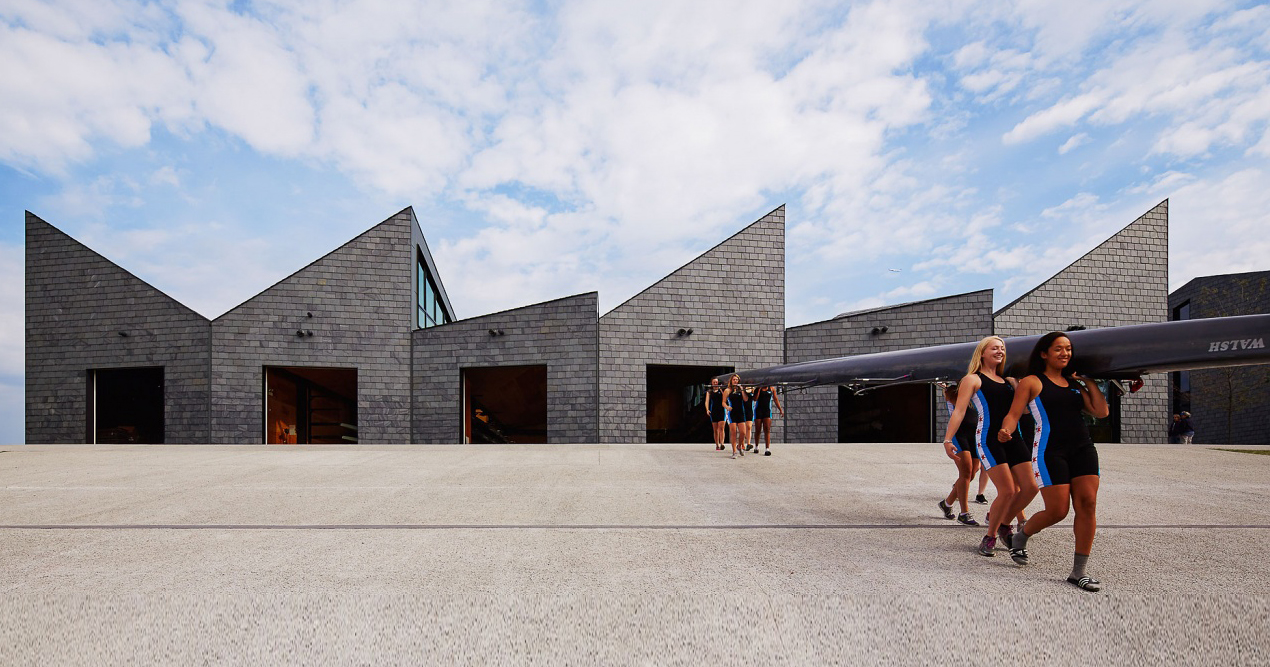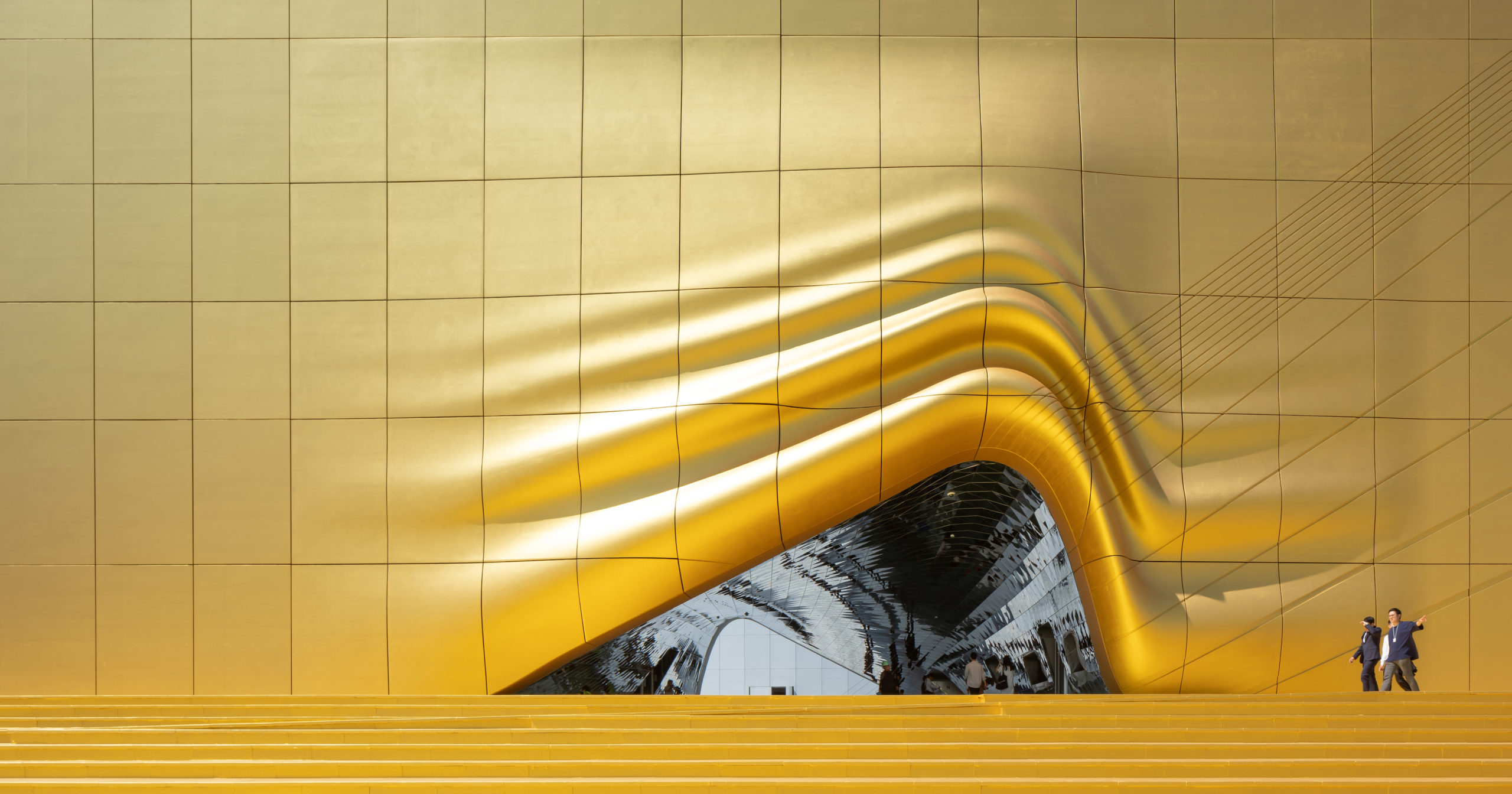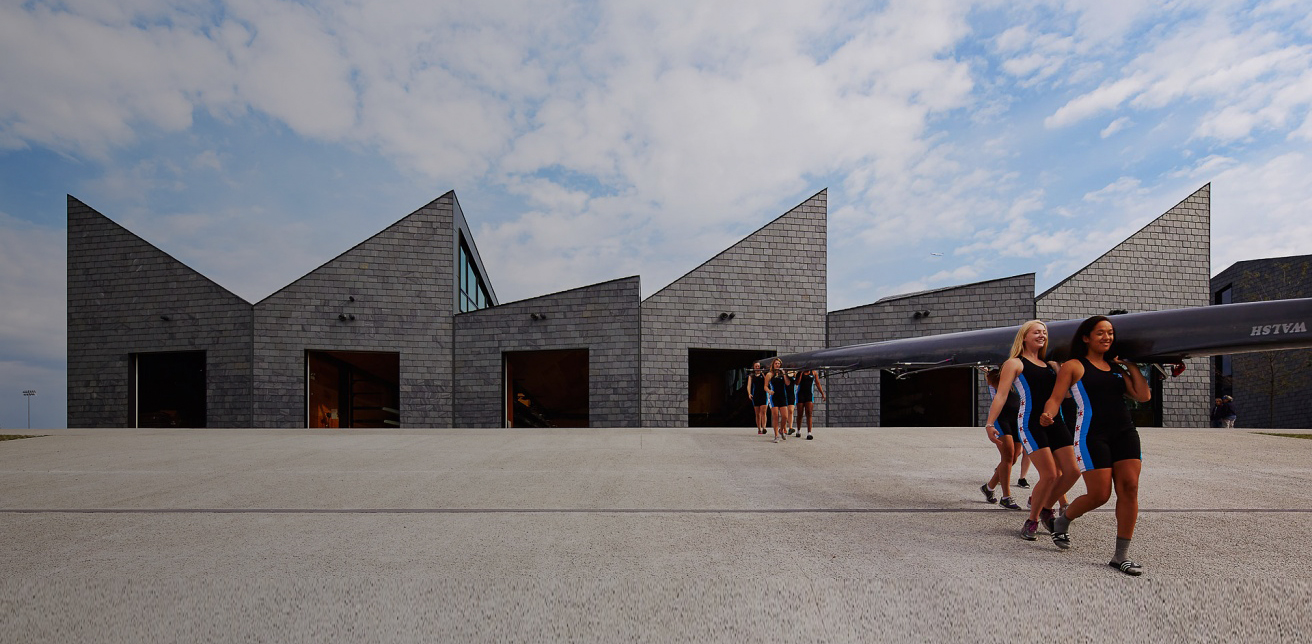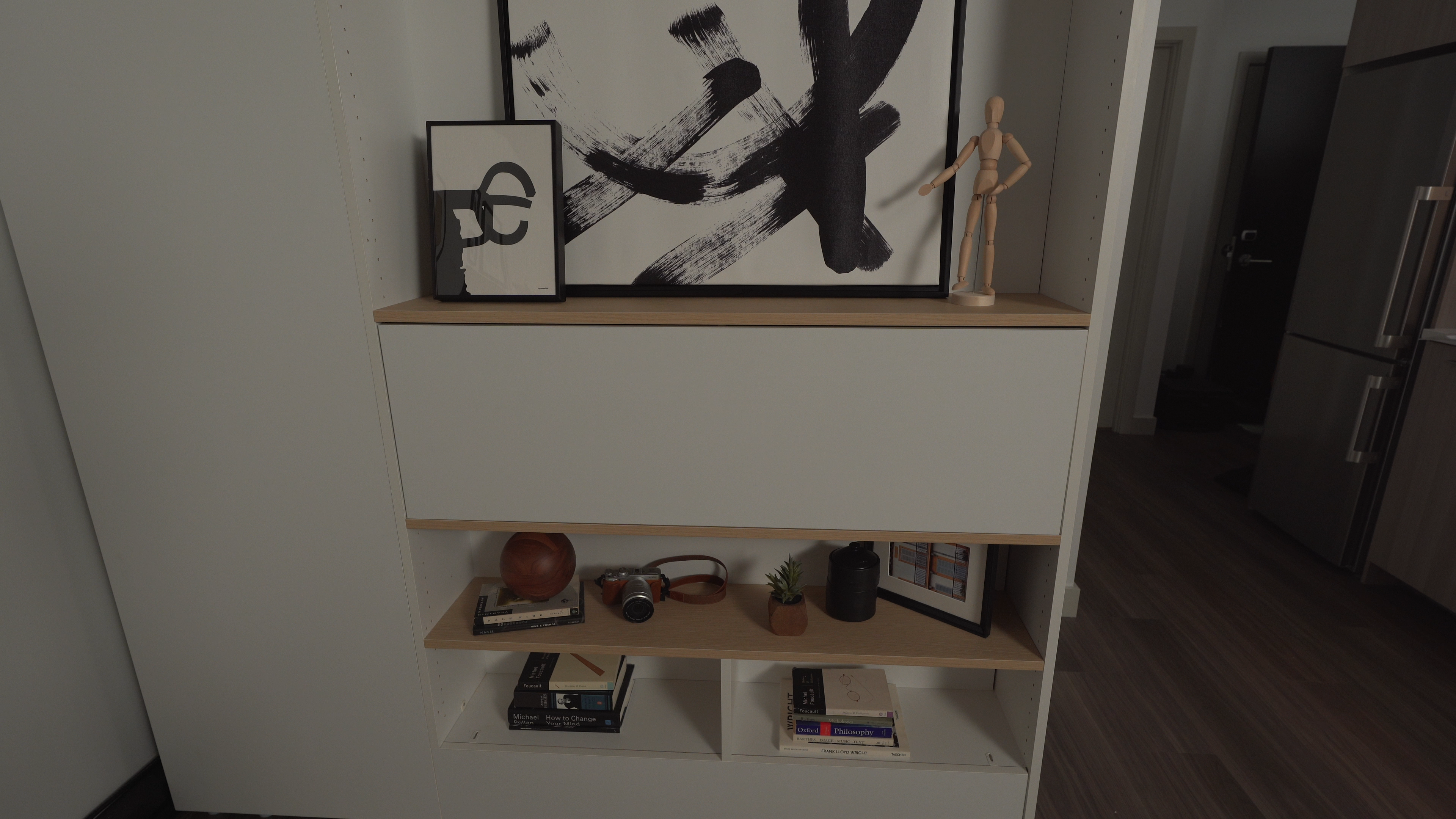Now open for entries, the A+Firm Awards is a new awards program dedicated to rewarding every talented team member within the world’s best architecture firms, as well as the many collaborators that help make better buildings a reality. Ensure your firm is in the running — and potentially see your projects in print next year — by submitting your work for an A+Firm Award before November 20th:
Great designers can produce work of incredible beauty, but those that study the field will know that there is much more to architecture than visual appeal. What qualities does a company operating in the realm of architecture need to possess in order to truly be considered among the world’s best?
We asked members of the inaugural A+Firm Awards jury for their thoughts on the subject. The following qualities are among those the jurors will be looking out for when reviewing this year’s submissions. If your firm possesses several of the following traits, then you stand a great chance of being victorious in the program.
Impact
1. Understand architecture as an agent of change.
Michel Rojkind: “In today’s crazy world, we need to realize that there are systemic issues that need to change, and we need to understand architecture as an agent of change. Impact becomes one of the most important basic elements of understanding design as a process from human to human.”
Sumayya Vally: “I’m looking for a clarity of intent in vision and manifesto; a deep sense of responsibility to our collective futures, and an understanding and assertion of the power of architecture as a force for change. I want to see vibrant creativity and beauty from a place of difference.”
Charles Renfro: “In this year of divided attention and divergent opinion, it’s important to realize that architecture plays a significant role in addressing global environmental and societal inequities. I’m sure each of the shortlisted firms possess a beautiful portfolio of work, but this year’s award recipients should be recognized for contributing to a healthy discussion on expanding our industry’s contribution to our most urgent issues, which may in fact extend beyond the built environment.”
2. Make long-term sustainability a priority on every project.
Ji Lee: “As we face an unprecedented existential crisis for humanity due to the climate change in the next coming decades, I believe it’s imperative that all designers and architects take into consideration how their designs will address this issue. Long-term sustainability, low carbon-emission, use of eco-friendly materials will be the key factors for the judging criteria.”
3. Continually consider the socio-economic impacts of your work.
Kathryn Firth: “A firm’s projects should consider and respond to the socio-economic, as well as, physical and spatial context to promote and contribute to a sustainable, resilient, and equitable environment. Projects should be informed by on-the-ground knowledge and observations alongside design expertise.”

Eleanor Boathouse at Park 571 by Studio Gang, Architizer’s 2016 A+Awards Firm of the Year; image courtesy of the architects
Mission
4. Craft a meaningful mission — through words as well as projects.
Michel Rojkind: “Architecture is constructed not only in material things but in words, the construction of a language within ideologies; having an opinion and having a mission is the basis of developing a strong discipline and a solid career as an architect. We need to create a new sensibility by understanding and perceiving the profession as a route to help others, becoming a part of the solution and not the problem.”
5. Follow your mission in every decision — from selecting clients to selecting materials.
Little Wing Lee: “The mission of a firm informs the intention of their work. Be it the clients they work with, the materials they employ, the location they work. What is the through-line that speaks to this firm’s unique take or vision?”
6. Don’t forget what your firm stands for.
Kathryn Firth: “A firm should both set out, and live up to, its principles. A mission is only meaningful if the articulated principles are embedded in each and every project.”
Francine Houben: “A company’s approach and philosophy need to be consistent with the projects developed, showing a unique vision for improving the built environment.”
Aesthetics
7. Create a positive first impression with every project.
Little Wing Lee: “Aesthetics are often the user’s first impressions of a project. What is the quality that attracts me to this space? Color, quality of light, materiality, etc. What deliberate choices have been made by the designer to create a beautiful and functional space?”
8. Recognize that aesthetics have meaning far beyond the visual.
Paul Keskeys: “Aesthetics is often thought of as surface-deep — but the visual perception of a building stands for so much more. For example, the use of exposed, raw materials and the expression of structure helps people understand the make-up of the space they stand within, increasing trust in the integrity of their environment. This might be experienced as a visual delight, but under the surface, it relates to the core principles and communicative skills of the architecture firm that designed it. Each firm’s aesthetic language is rich with underlying meaning.”

Façade detail of the The Imprint by MVRDV, Architizer’s 2018 A+Awards Firm of the Year; image courtesy of the architects
Innovation
9. Understand the interconnection between local crafts and new technology.
Michel Rojkind: “Architects should study both new technology and local, existing crafts, and understand how they connect. Craft educates and helps the process of developing new technologies, and at the same time, technology educates crafts. The cross-pollination of knowledge and innovation in both crafts and the latest technology can deliver better architecture.”
10. Adapt design solutions to respond to our changing world.
Kathryn Firth: “It is paramount that a firm’s work acknowledges and innovates in response to the changing ways we live, work, and engage with the city — a situation heightened by the current pandemic.”
Ji Lee: “Our living and work spaces are changing drastically due to climate-change and the pandemic. Our spaces need to adapt to this new fast-changing reality through innovative thinking to redefine the space and the building materials.”
Francine Houben: “I’m especially interested in the ability that firms have to express the design’s purpose, composition and innovation. To be prepared for (un)predictable change.”
Enter the A+Firm Awards before November 20th to have your work seen by each of the aforementioned jurors, and show us what your team stands for in 2020:
Top image: Eleanor Boathouse at Park 571 by Studio Gang, Architizer’s 2016 A+Awards Firm of the Year; image courtesy of the architects




